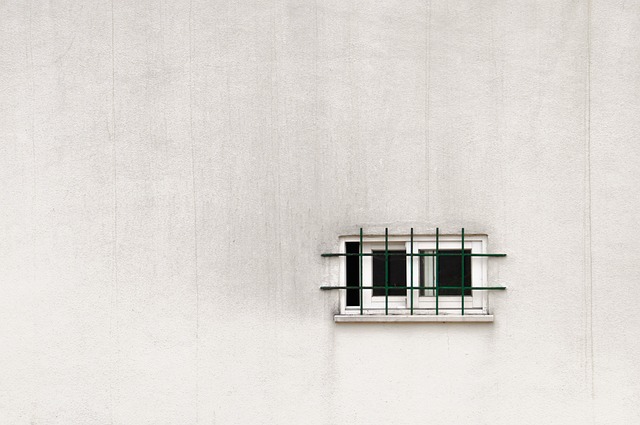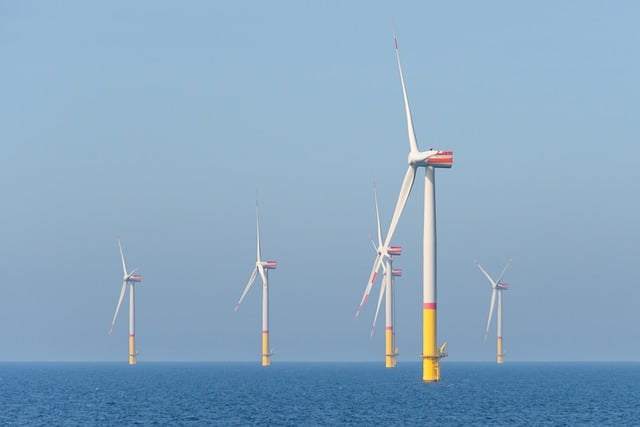Green Building: Reducing Ecological Footprint Through Sustainable Development and Carbon Neutral Technologies
In today’s rapidly urbanizing world, the concept of green building has emerged as a beacon of hope for those who deeply care about the environment and our planet’s future. Nestled at the intersection of innovation and responsibility, green building practices are reshaping how we think about construction, sustainability, and reducing our ecological footprint.
Sustainable Development: Building For the Future
Sustainable development is more than just a buzzword—it’s a commitment to creating structures that meet the needs of the present without compromising the ability of future generations to meet theirs. Through green building principles, we prioritize efficient use of resources, renewable energy integration, and waste reduction. This holistic approach ensures that every brick laid and every beam erected contributes to a healthier planet.
When you embrace sustainable development, you’re not just constructing a building—you’re fostering a lifestyle that values balance between our environment and human needs. This relationship encourages the use of natural light, renewable materials, and green spaces that breathe life into urban areas.
Ecological Footprint: Minimize to Maximize
Every building has an ecological footprint, which measures its impact on natural resources and ecosystems. Traditional construction methods often consume vast amounts of energy, water, and materials, leading to pollution and habitat loss. Green building techniques seek to minimize this footprint by harnessing renewable resources and optimizing efficiency.
By reducing energy consumption through smart insulation, solar panels, and advanced HVAC systems, green buildings significantly cut greenhouse gas emissions. Water-saving fixtures and rainwater harvesting further decrease strain on local water supplies. For readers walking through cities today, noticing green rooftops and permeable pavements are daily reminders that the ecological footprint of buildings can indeed be minimized.
Green Technologies: Innovating for Environmental Harmony
The rise of green technologies has been instrumental in advancing green building practices. From solar photovoltaic cells and wind energy to smart grids and energy-efficient lighting, these innovations empower buildings to operate with minimal environmental impact.
One striking example is the use of advanced materials like cross-laminated timber, which not only reduce carbon emissions during manufacturing but also store carbon throughout their lifecycle. Smart sensors and automation also optimize energy and water use, ensuring resources are used precisely when and where they’re needed.
A Carbon Neutral Vision
Carbon neutrality represents the pinnacle of green building aspirations. By balancing emitted carbon with equivalent offsets such as reforestation or renewable energy generation, carbon neutral buildings aim to have zero net carbon emissions. Combining sustainable development and cutting-edge green technologies facilitates this goal.
For those passionate about the environment, supporting carbon neutral initiatives offers a tangible way to mitigate climate change effects. Communities centered around green building projects often inspire a shared sense of responsibility and hope, proving that collective efforts can truly transform our planet’s trajectory.
Green building stands as a powerful manifestation of the renewable ethos—harnessing nature’s gifts responsibly, reducing harm, and striving for a coexistence that rejuvenates rather than depletes. Every sustainable material chosen and every energy-saving strategy employed reflects a vision for a greener, healthier planet where development and ecology walk hand in hand.




